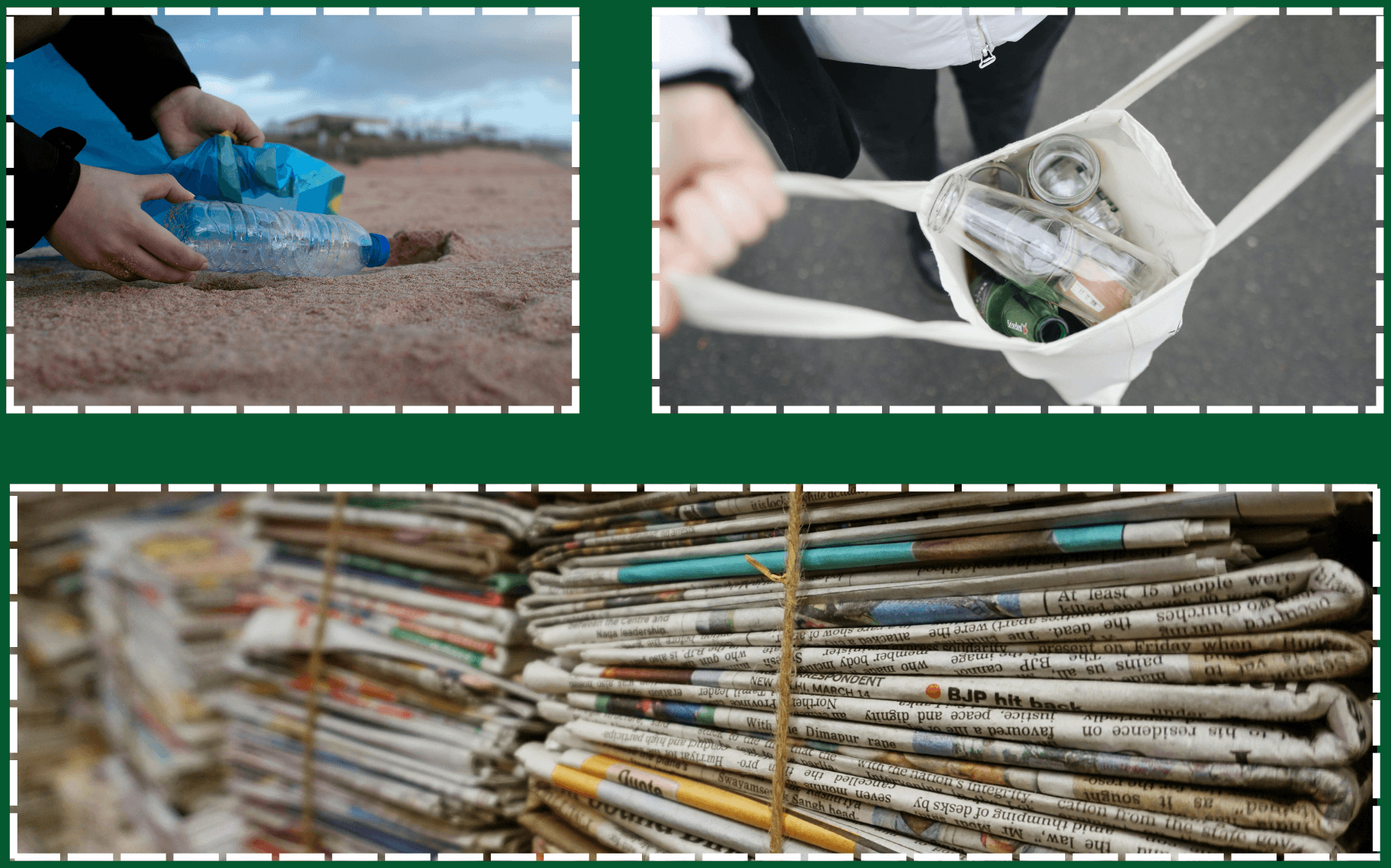How to Start
Getting You Situated
Let’s Learn Some Core Practices
Conserve energy by using efficient appliances, turning off lights when not in use, and reducing water consumption.
Conscious Consumption: We must make informed and mindful choices when purchasing goods and services. Prioritizing products with minimal packaging, eco-friendly materials, and a smaller environmental footprint is key.

An America Where Everything Is Sustainable
We all deserve a home, a nation that champions the collective wellbeing of its people and the sustainability of its environment for future generations.

Energy Efficiency
Begin by using ENERGY STAR-rated appliances and unplugging electronics not in use to prevent vampire power drain. Use programmable thermostats to regulate temperature and replace incandescent bulbs with LED and open curtains during the day.

Water Conservation
Regularly check and repair leaks in faucets, pipes, and toilets. Limit shower time and install low-flow showerheads. Collect rainwater in barrels for outdoor watering needs.

Waste Reduction
Create a compost pile for organic waste like food scraps and yard clippings. Use reusable shopping bags and containers instead of disposable ones. Sort recyclable materials properly and send them to recycling facilities.

Sustainable Transportation
Use public transport or carpool to reduce individual vehicle emissions. Commute short distances on foot or by bicycle when feasible. Consider hybrid or electric vehicle options when upgrading.

Eco-Friendly Diet
Incorporate more plant-based foods into your diet and reduce meat consumption. Purchase fruits and vegetables from local farmers' markets or join a Community Supported Agriculture (CSA) program.

Around the Home
Make eco-friendly cleaners using vinegar and baking soda. Use programmable thermostats to regulate heating efficiently. Install low-flow faucets and showerheads to conserve water.

Reducing Paper
Opt for electronic bills and statements to reduce paper usage. Use cloth napkins and towels instead of disposable paper products. Choose reusable shopping bags, containers, and utensils instead of plastic alternatives.